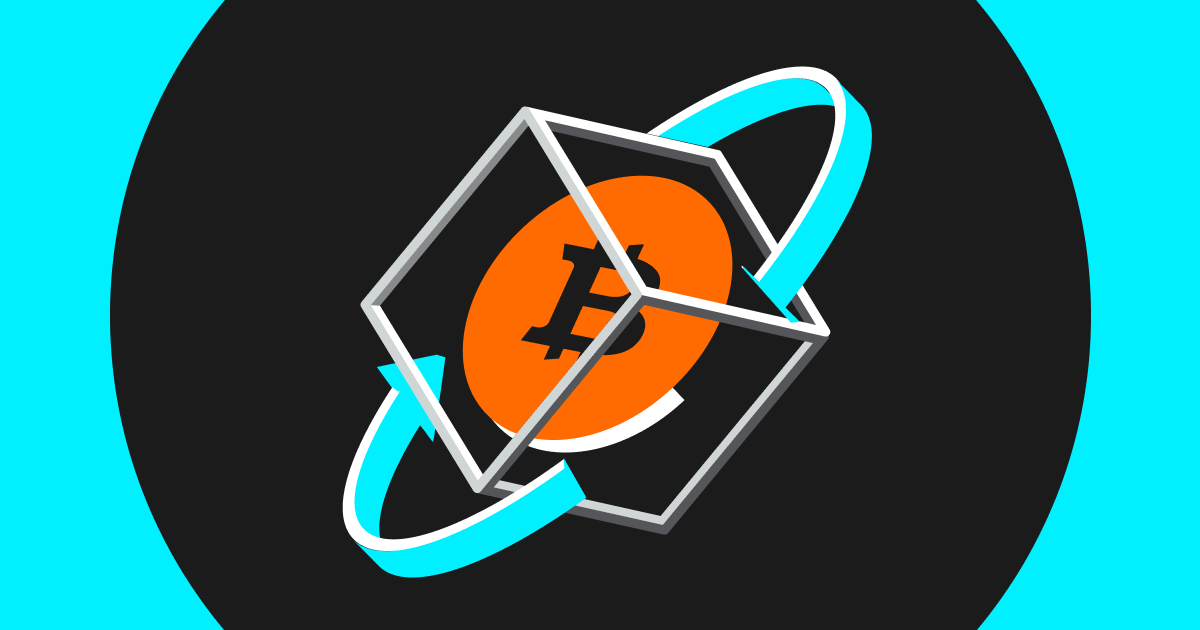
Introduction to Staking: The New-Age Dividend in the World of Crypto
The buzz around "staking crypto" is palpable in today's blockchain ecosystem. But what exactly is staking in the context of cryptocurrencies? This article delves into the evolution, fundamental concepts, and intricate mechanics of staking crypto, offering insights into its growing significance.
Historical Context: How Staking Emerged in the Crypto Sphere
Crypto staking traces its origins to the drive for more sustainable consensus mechanisms. While Bitcoin's Proof-of-Work (PoW) revolutionized the world of decentralized finance, its energy consumption became a glaring issue. In response, the Proof-of-Stake (PoS) mechanism was conceptualized, aiming to achieve consensus without the high energy costs. As PoS gained ground, the concept of staking crypto tokens emerged. This allowed users to lock their tokens to aid in network operations, in exchange for rewards, transforming staking into a lucrative investment strategy reminiscent of traditional dividends.
Fundamental Concepts: Staking Crypto in the PoS vs. PoW Debate
To truly grasp staking, one must first understand its underlying consensus mechanisms.
-
Proof-of-Work (PoW): Bitcoin's pioneering consensus model. Here, miners employ computational power to solve puzzles, validating transactions. While secure, it's energy-demanding. The term "staking" isn't applicable in PoW as the emphasis is on mining.
-
Proof-of-Stake (PoS): The consensus model championing crypto staking. Instead of computational might, PoS uses the amount of crypto staked as collateral to select validators. This drastically reduces energy use and ushers in the practice of staking crypto to earn rewards.
Staking Mechanics in the Crypto World: Validators, Delegators, and the Consensus Dance
Crypto staking, though rewarding, is more intricate than merely locking up assets.
-
Validators: The pillars of PoS. To become a validator, one must stake a significant amount of crypto. This acts as collateral, ensuring the validator's honest network behavior. If they act maliciously, they risk a portion of their staked crypto — a deterrence known as 'slashing'.
-
Delegators: These are participants who choose to stake their crypto with a validator, boosting the latter's chances of being selected for block validation. In return, they receive a slice of the validator's rewards, in line with their contribution.
-
Consensus in Crypto Staking: The act of staking crypto plays a central role in achieving consensus on PoS blockchains. By incentivizing crypto holders to stake their tokens, the network ensures that most of its assets are geared towards maintaining integrity, thus bolstering network security.
In wrapping up, staking crypto stands at the crossroads of innovation and traditional investment wisdom. While it echoes the dividends of old-world finance, it's deeply intertwined with cutting-edge blockchain technology. Getting to grips with the nuances of staking will be pivotal for investors eyeing sustainable and rewarding opportunities.
Feeling ready? Start your trading today with Bitget!
Disclaimer: The opinions expressed in this article are for informational purposes only. This article does not constitute an endorsement of any of the products and services discussed or investment, financial, or trading advice. Qualified professionals should be consulted prior to making financial decisions.




